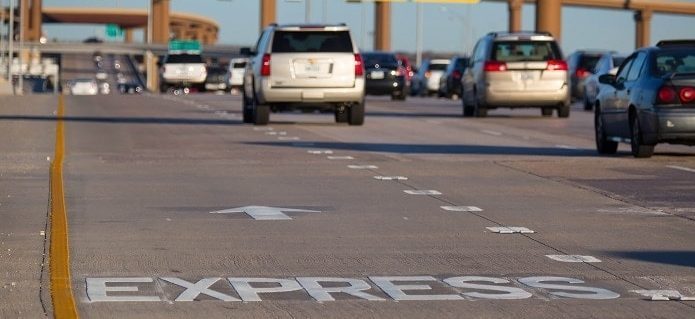
The Infrastructure Investment and Jobs Act: A Step in the Right Direction
27 of September of 2021
Policymakers at all levels of government across the country eagerly await the outcome of the Infrastructure Investment and Jobs Act. As the coalition of bipartisan senators shepherded passage of the legislation this summer, momentum has continued to build. With possible final passage in the House, the bill is approaching the finish line.
Main Objectives
Make no mistake, the legislation is historic. A public investment of $1 trillion to address dire infrastructure improvements in states and localities across the country and encourage innovative solutions to improve resiliency and address pressing environmental concerns. The legislation ensures funding to repair crumbling bridges and roads, increase access to rail, transit, clean drinking water and broadband, and improve the grid, as well as the country’s ports and airports. Final passage would mark a generational investment in the infrastructure health of our county.
But this investment is not enough. Our infrastructure system is in disrepair. Even with infrastructure spending at levels not seen since the birth of the federal highway system in the 1950s or public works of the Great Depression, the need for additional funding to adequately build infrastructure to house and move the country’s growing population will persist. The American Society of Civil Engineers issued America’s infrastructure a grade of C- in its 2021 report card.
Nearly half of the bill’s spending simply continues federal infrastructure programmatic funding at anticipated levels for the next five years. State departments of transportation will be forced to search for other funding sources in order to keep pace with the ever-growing backlog of maintenance and repair projects, let alone new capital improvement initiatives and advances in technology imperative to improving mobility in both urban and rural regions.
The Role of the Private Sector
The good news is the private sector stands ready to assist. Private investment in infrastructure projects is a proven model of successful, innovative large-scale developments. Despite the COVID-19 pandemic, private sector infrastructure investment funds have raised $103 billion across the globe in 2020 and are ready to invest.
Furthermore, private industry innovates. The private sector is on the forefront of researching and developing technologies of the future like autonomous vehicles able to communicate with one another and smart highways that charge electric vehicles as they drive. Solving our country’s mobility problems will require private sector funding and expertise in tandem with the federal, state, and local governments.
Thanks to policymakers’ foresight, the bill includes provisions that encourage additional private sector investment to build public infrastructure. Amongst others, doubling the total dollar amount of permissible spend on private activity bonds (PABs), streamlining federal loan and credit assistance made available through the Transportation Infrastructure Finance and Innovation Act (TIFIA) program, and increased value for money requirements for major projects requesting federal assistance. The federal government should continue to empower states and local governments with the most effective tools to properly undertake public-private partnerships and harness the power of private sector knowledge and experience.
Restoring America’s United States infrastructure system is a monumental task. A sincere amount of gratitude must be extended to elected officials and bureaucrats working tirelessly to pass and later implement a substantial piece of legislation. Let’s capitalize on this newfound momentum and continue to formulate policies that unlock and mobilize the potential of the private sector.





There are no comments yet